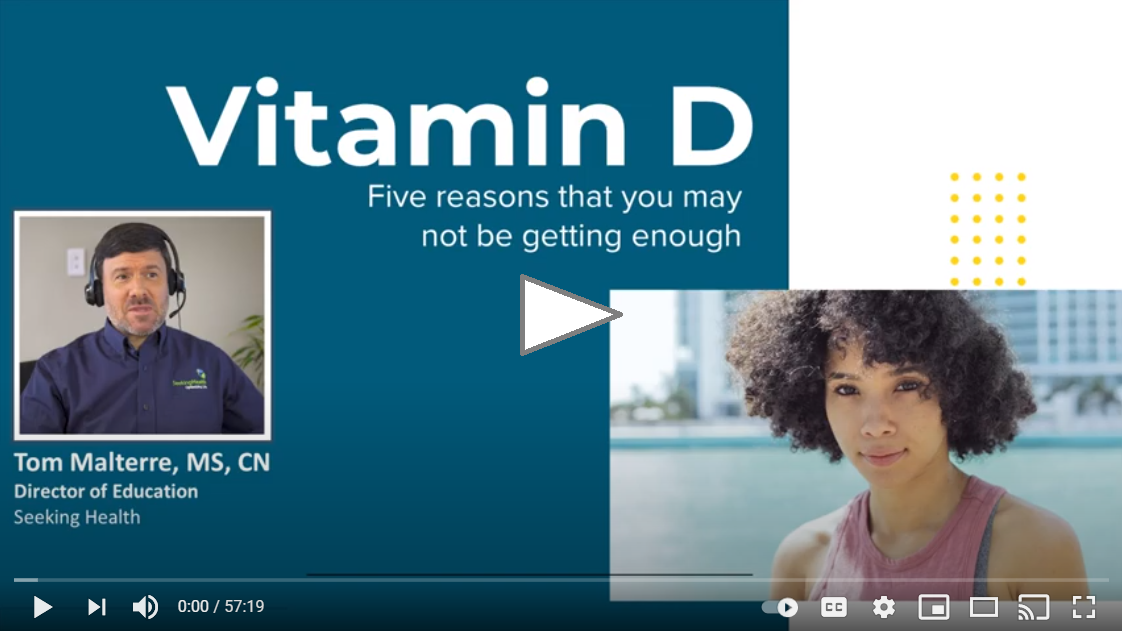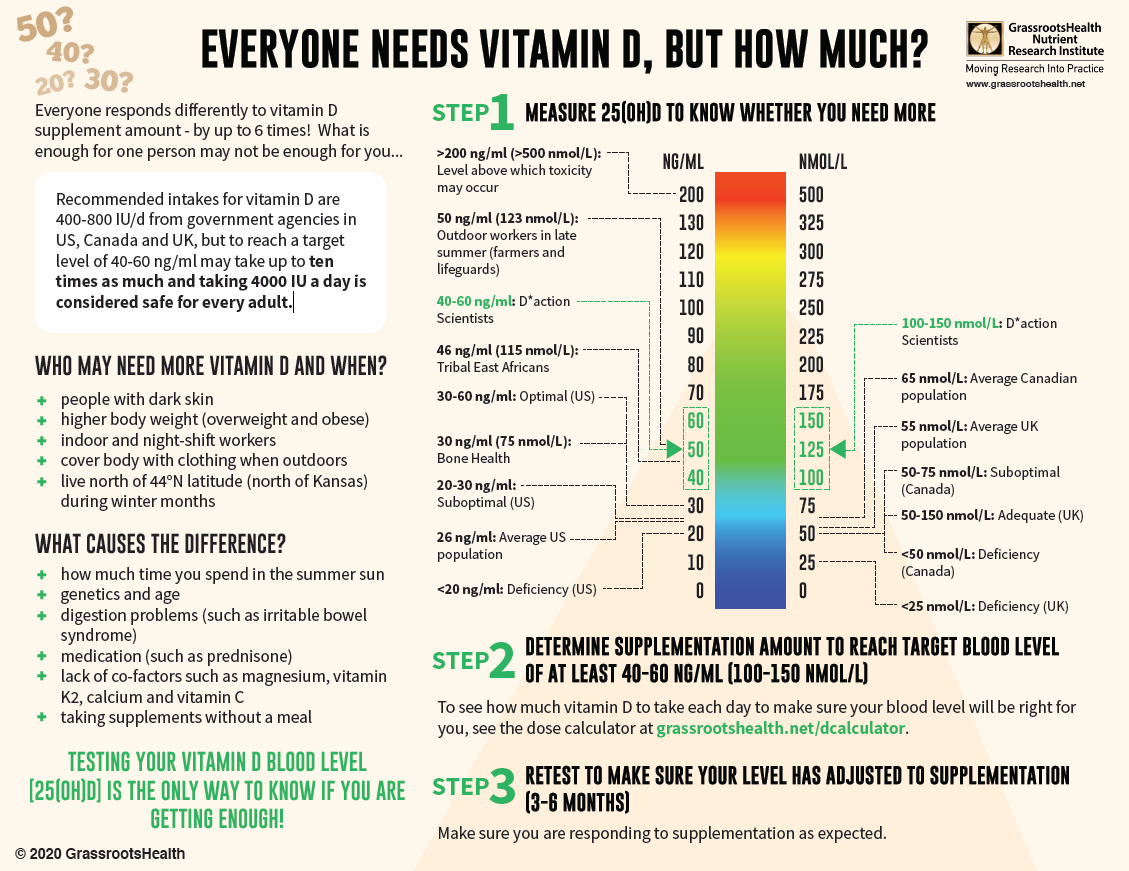Published on April 16, 2021
Video Friday: Watch and share this excellent review of vitamin D, what it does, and how to make sure you are getting enough
It’s Video Friday! Today we feature a video by Tom Malterre, MS, CN as he reviews five big reasons why some people may not be getting the amount of vitamin D they need. He covers topics such as vitamin D basics and benefits, how vitamin D works in the body, how it can make or break our health, what happens if you don’t have enough, how to get enough, and how certain things in our environment can cause vitamin D levels to decrease. This video is educational, captivating, and easy to follow – and is a great learning opportunity to share with others!
Please take a moment to watch and share the video along with our detailed information below.
Watch the Video
After watching the video, be sure to make note of our added details below.
What Could be Causing Your Vitamin D Levels to be Too Low?
Here is a quick summary of what this video discusses, along with additional information and details about vitamin D:
Why is Vitamin D Important?
Vitamin D is more than just a vitamin, it is a hormone and signaling molecule that has the ability to act on all cells of the body, and has a large role in gene expression.
Vitamin D is known as the sunshine vitamin – one way our bodies “harness the energy of the sun” for health. Vitamin D is developed in our skin upon exposure to UVB radiation under the right conditions.
When we have adequate vitamin D, it is able to tell the genes in different types of cells to make more proteins that do specific things for our health; all kinds of cells in all tissues of the human body rely on vitamin D for normal cellular function (including immune cells and musculoskeletal cells).
5 Reasons your Vitamin D is Not Rising
1) Current Recommendations are Too Low – too often people assume they are taking enough when they are not. There are several factors that affect how each individual responds to supplementation, and testing vitamin D levels is necessary to ensure adequate intake – testing at least twice per year is best to understand how personal levels fluctuate throughout the year.
2) Inadequate Sun Exposure – There are many things to be aware of when intending to get vitamin D from the sun. The amount of skin exposed, time of day, season, location, skin pigmentation, and other factors can limit vitamin D conversion in the skin. The right amount of UV Radiation Power is required to break the bond of the cholesterol in the skin that makes it into vitamin D – learn how and when to use it without burning.
3) You’re Not Absorbing it or Making it – People taking the same dose of vitamin D supplements can have huge variation in response and resulting vitamin D levels. This is called the dose-response, which is affected by several factors, including digestive health, BMI, age, genetics, and co-nutrient intake, among others. Digestive issues and absorption issues (such as with Celiac Disease, Bowel Resection/Bariatric Surgery, Upper Intestinal Tract Abnormalities) can have a major impact on vitamin D levels, so it is especially important to look at digestive health if levels are not rising as expected.
4) Medications and Chemical Interactions (BPA and Phthalates) – Certain medications and chemicals can cause a degrading of vitamin D, such as BPAs and phthalates.
5) Eating Problematic Foods – Ingestion of foods that contain high fructose corn syrup, or foods with chlorine-based herbicides and pesticides, have been linked to reduced vitamin D levels. Some studies have shown that high fructose corn syrup can lower vitamin D levels and inhibit intestinal calcium absorption, among other problems.
Bonus Information on Vitamin K – What does vitamin K do, and how does it relate to vitamin D? While some people may want to consider taking vitamin K with vitamin D, is it necessary for everyone to take an additional vitamin K supplement?
Are You Getting Enough Vitamin D for Your Health?
With almost 90% of the general population having vitamin D levels below the recommended 40-60 ng/ml (100-150 nmol/L), it is obvious that most people need more vitamin D. While most of us cannot achieve a vitamin D level of 40-60 ng/ml from sun alone, either due to our lifestyle, where we live, or other circumstances, we can certainly reach those levels with the right amount of supplementation.
Below is a guide for how much you might need, and who may need more. Your levels can be tested safely at home – order your home test kit today.
By joining the GrassrootsHealth projects, you are not only contributing valuable information to our study, but you are also gaining knowledge about how you could improve your own health through measuring and tracking your nutrient status, and educating yourself on how to improve it. Do you know what your status of vitamin D, omega-3s, and other essential nutrients is? Could your levels be improved? Test now to find out!








